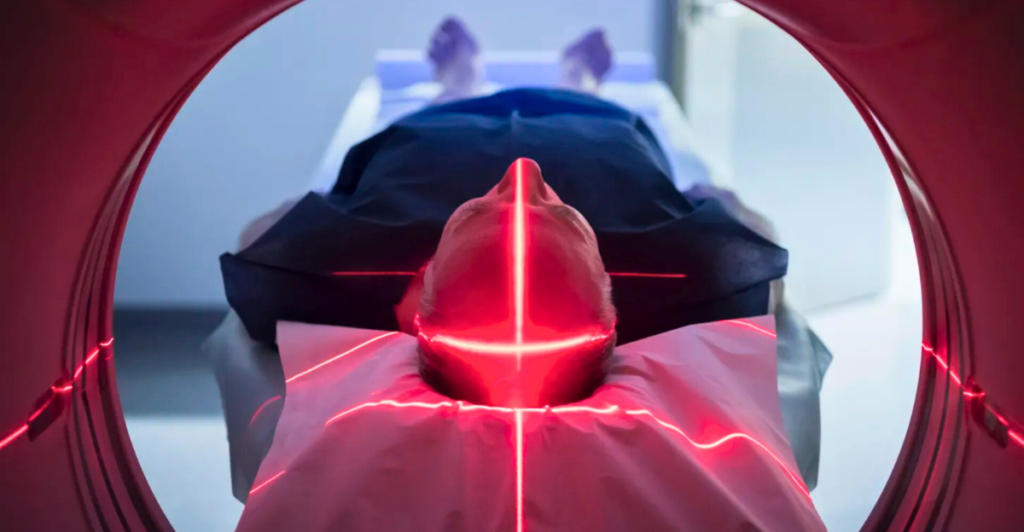
Microplastics, tiny plastic particles less than 5 millimeters in size, have become pervasive in our environment. Originating from the breakdown of larger plastic items and microbeads in personal care products, these particles infiltrate our air, water, and food. Recent studies have detected microplastics in various human organs, including the brain, raising concerns about their potential impact on health. The omnipresence of microplastics means that exposure is almost unavoidable, making it imperative to understand the risks they pose and how to mitigate them.
Microplastics Breaching the Blood-Brain Barrier
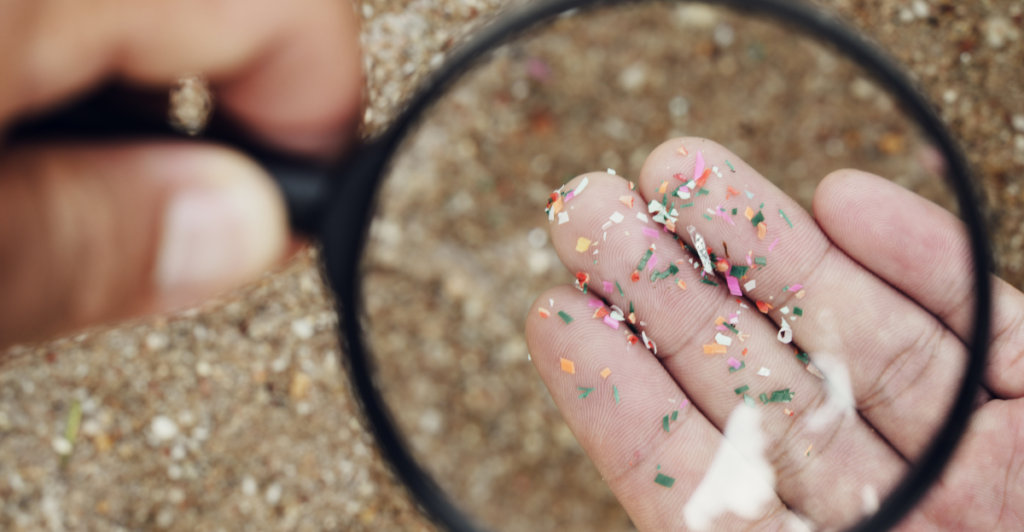
One of the most alarming discoveries is that microplastics can cross the blood-brain barrier—a selective membrane that protects the brain from harmful substances. Research published in Nature revealed that microplastics could enter the brains of mice, leading to observable behavioral changes. This finding suggests that once microplastics penetrate this barrier, they may disrupt neural function, potentially contributing to neurological disorders. The exact mechanisms remain under investigation, but the evidence underscores the urgency of addressing microplastic pollution.
Accumulation in Human Brain Tissue
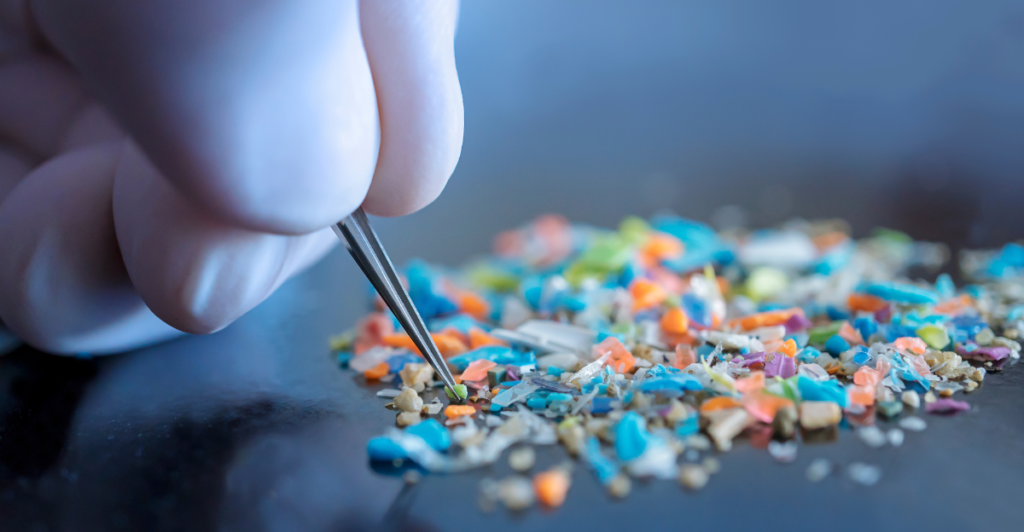
Building on animal studies, recent human research has detected microplastics in the olfactory bulb which is the brain region responsible for processing smell. A study published in JAMA Network Open found microplastic particles in this area, suggesting that inhalation could be a pathway for these particles to reach the brain. The presence of microplastics in human brain tissue raises concerns about potential links to neurodegenerative diseases, though more research is needed to establish causation.
Potential Neurological Impacts
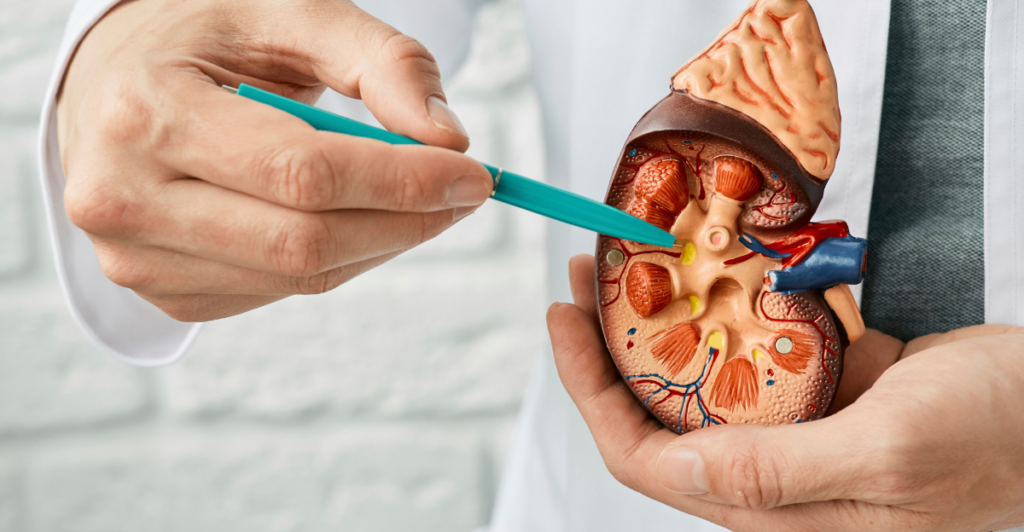
The infiltration of microplastics into the brain may have dire consequences. Studies indicate that these particles can induce oxidative stress and inflammation, both of which are associated with neurodegenerative conditions like Alzheimer’s and Parkinson’s diseases. Additionally, microplastics may interfere with neural cell communication, potentially impairing cognitive functions such as memory and learning. While definitive human studies are pending, the preliminary data paints a concerning picture of microplastics’ impact on brain health.
Sources of Microplastic Exposure

Everyday activities contribute to microplastic exposure. Consuming food and beverages stored in plastic containers, using personal care products containing microbeads, and wearing synthetic clothing all increase the risk. Heating food in plastic containers can cause microplastics to leach into the food, further elevating exposure levels. Even the air we breathe contains microplastic particles, originating from sources like synthetic textiles and industrial processes. This ubiquitous presence makes it challenging to avoid microplastics entirely.
Reducing Plastic Use in Daily Life
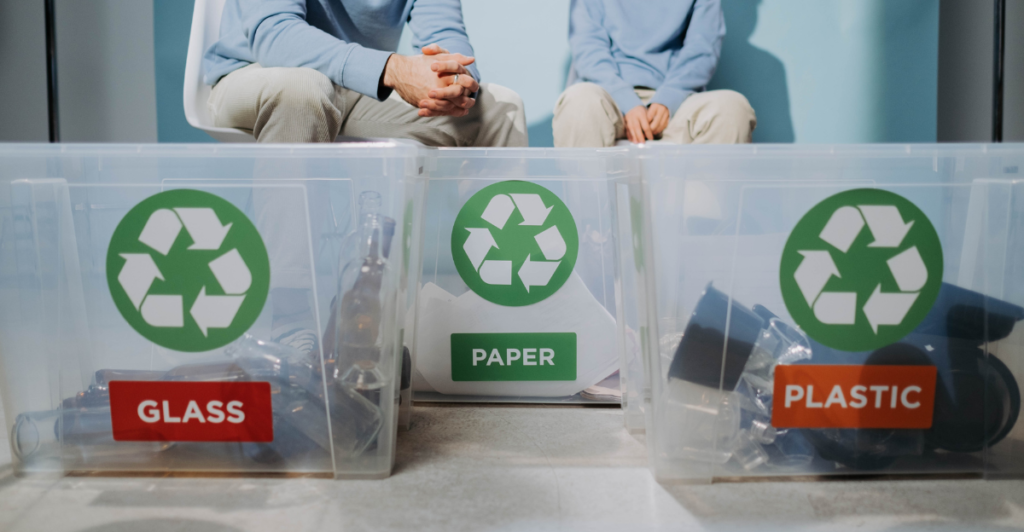
Minimizing microplastic exposure requires conscious lifestyle changes. Opting for alternatives to single-use plastics, such as reusable glass or metal containers, can significantly reduce ingestion of microplastics. Choosing natural fiber clothing over synthetic materials decreases the release of microfibers during washing. Additionally, avoiding personal care products containing microbeads and selecting items packaged in non-plastic materials can further limit exposure. These steps, while seemingly small, collectively contribute to reducing the microplastic burden on our bodies.
Safe Food and Beverage Practices
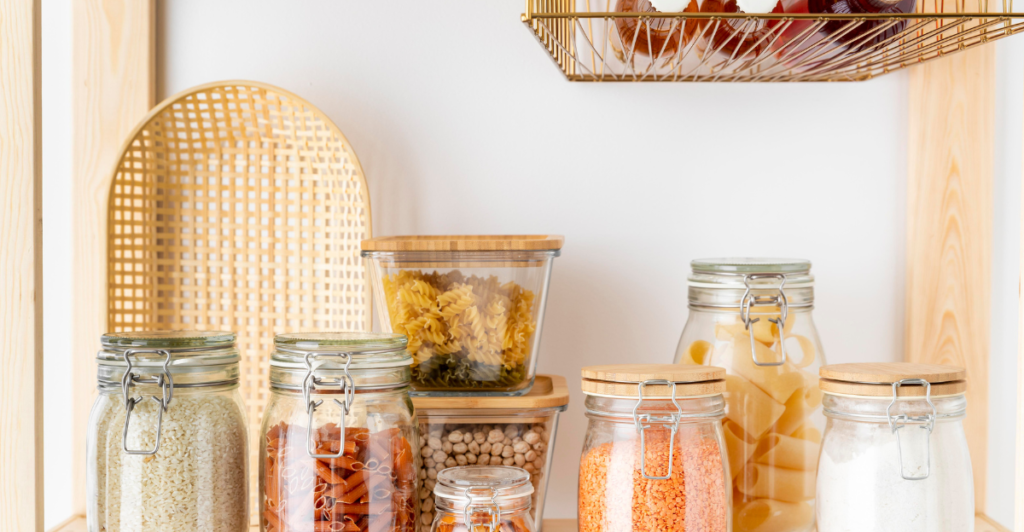
Being mindful of how we store and prepare food is crucial. Avoid heating food in plastic containers, as heat can cause microplastics to leach into the food. Instead, use glass or stainless steel containers for heating and storage. Choosing fresh, unpackaged produce over processed foods can also reduce microplastic intake, as processing and packaging are common sources of contamination. Filtering tap water can help remove microplastic particles, providing a safer drinking option compared to bottled water, which has been found to contain higher levels of microplastics.
Addressing Environmental Pollution
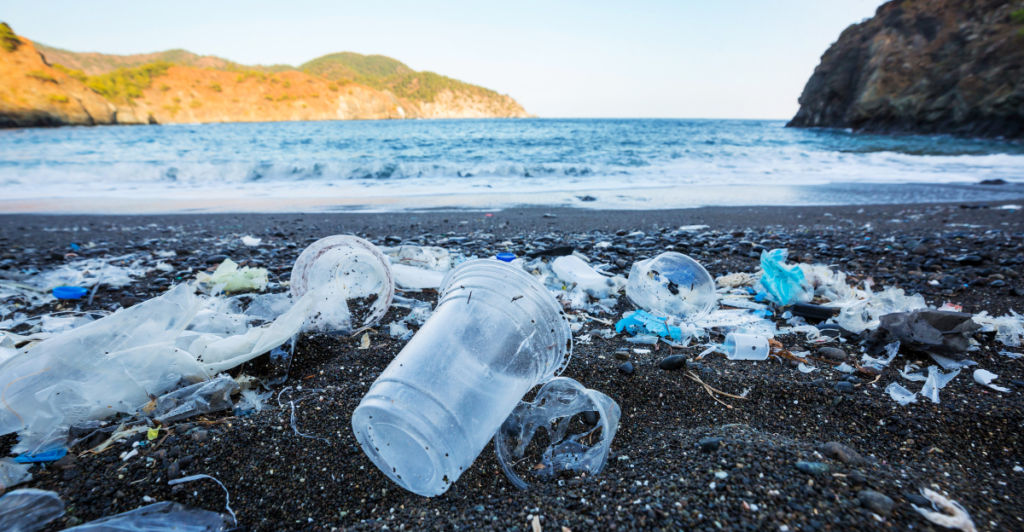
Beyond personal choices, advocating for policies that reduce plastic pollution is essential. Supporting legislation that limits single-use plastics, promotes recycling, and encourages the development of biodegradable alternatives can have a significant impact. Participating in community clean-up efforts and supporting organizations dedicated to combating plastic pollution contribute to broader environmental change. Collective action is necessary to address the root causes of microplastic contamination and protect public health.
The Role of Research and Innovation
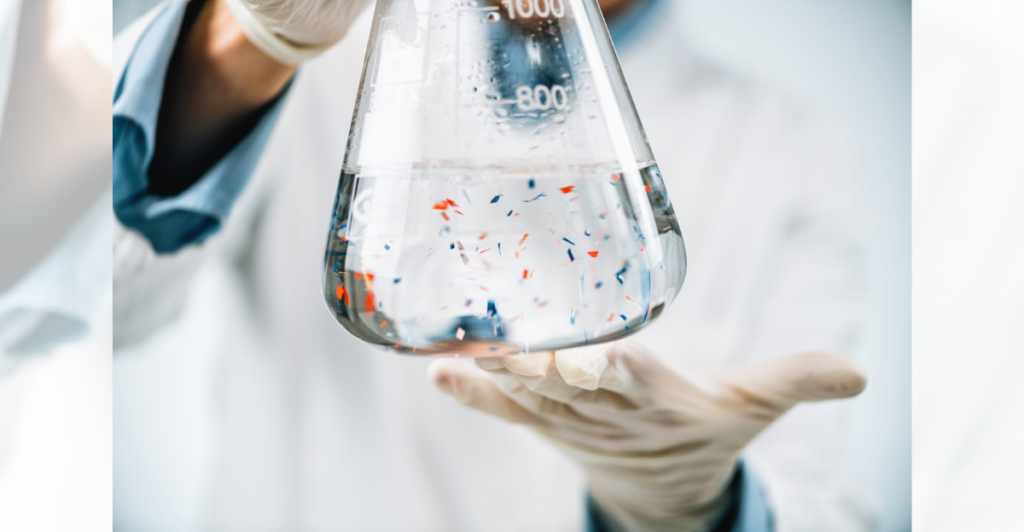
Ongoing research is vital to fully understand the implications of microplastics on brain health. Innovations in biodegradable materials and improved waste management systems are critical components of the solution. Supporting scientific studies that explore the health effects of microplastics and investing in technologies that reduce plastic production and waste can lead to more effective strategies for mitigation. Staying informed about the latest research empowers individuals and communities to make evidence-based decisions regarding microplastic exposure.
Personal Health Monitoring

Given the potential health risks, individuals should monitor their health and consult healthcare professionals if they experience unexplained neurological symptoms. While direct testing for microplastics in the body is not yet widely available, being proactive about health concerns and discussing potential environmental exposures with medical providers can lead to early detection and intervention. Maintaining a healthy lifestyle, including a balanced diet and regular exercise, supports overall well-being and may mitigate some effects of environmental pollutants.
Advocacy for Policy Change
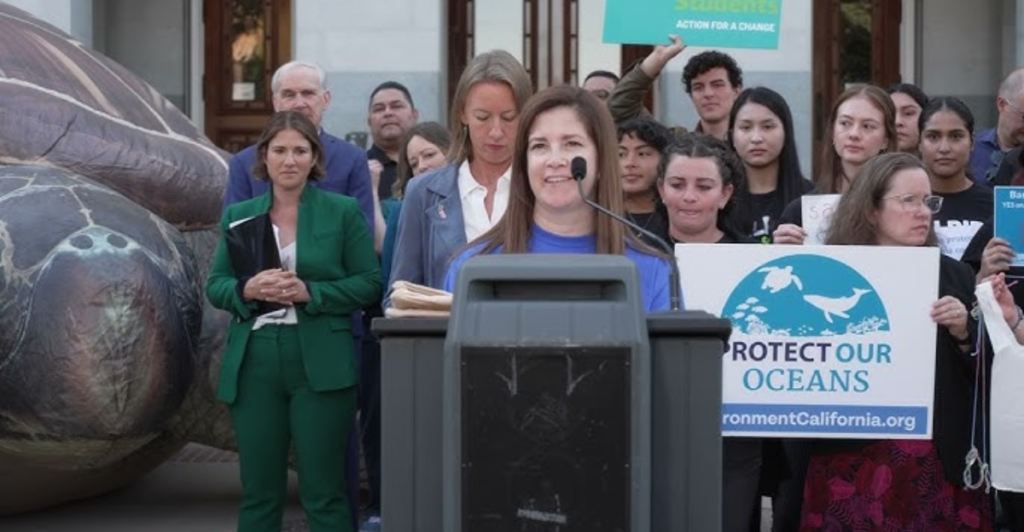
Fighting the microplastic crisis requires systemic change. Advocating for policies that limit single-use plastics, enforce stricter waste management practices, and promote alternative materials is crucial. Supporting initiatives like bans on microbeads and campaigns to clean up oceans can reduce the flow of plastic pollution. On a global scale, countries must collaborate to tackle plastic production and develop innovative solutions to replace conventional plastics. Individuals can amplify these efforts by voting with their dollars and pushing for corporate accountability.
The Research Gap: What We Don’t Know

Despite growing evidence of microplastics’ harmful effects, significant gaps in research remain. Scientists are still uncovering how these particles interact with human biology over time. Long-term studies on microplastics’ accumulation in organs and their links to chronic diseases are desperately needed. Without comprehensive data, it’s challenging to assess the full scope of the crisis. However, the preliminary findings are clear enough: reducing exposure now is critical to safeguarding public health while researchers work to answer these pressing questions.
Protecting Yourself and Future Generations

Protecting yourself from microplastics starts with informed choices. Reduce plastic use, filter your water, and support sustainable brands. Engage in community efforts to reduce pollution and hold corporations accountable for their waste. By making conscious decisions today, we can not only shield ourselves but also create a healthier planet for future generations. The fight against microplastics is a race against time, but with collective effort, we can mitigate their impact and ensure a safer, cleaner world for all.
Discover more of our trending stories and follow us to keep them appearing in your feed

Climate Change Overestimated? New Data Shows Oceans Are Cooling The Planet Faster Than Predicted
New York Declares War On Fossil Fuels With $75 Billion In New Climate Fines
There Will Be Eruptions”: Concerns Mount as Yellowstone Supervolcano Activity Shifts
The War on Cows Is Over—And Green Extremists Have Lost
References:
Reference 1
Reference 2
This article first appeared here
Stay connected with us for more stories like this! Follow us to get the latest updates or hit the Follow button at the top of this article, and let us know what you think by leaving your feedback below. We’d love to hear from you!







